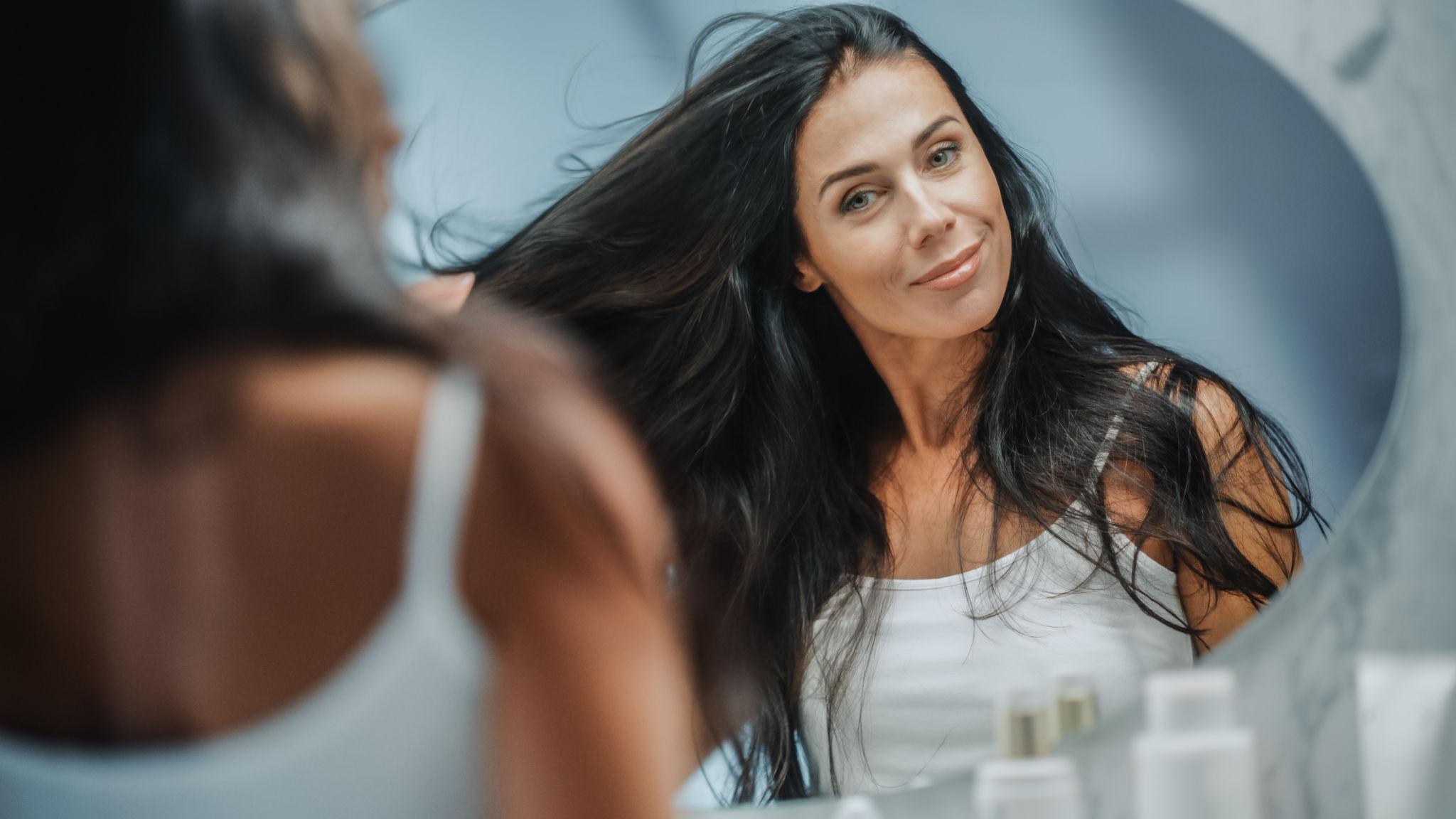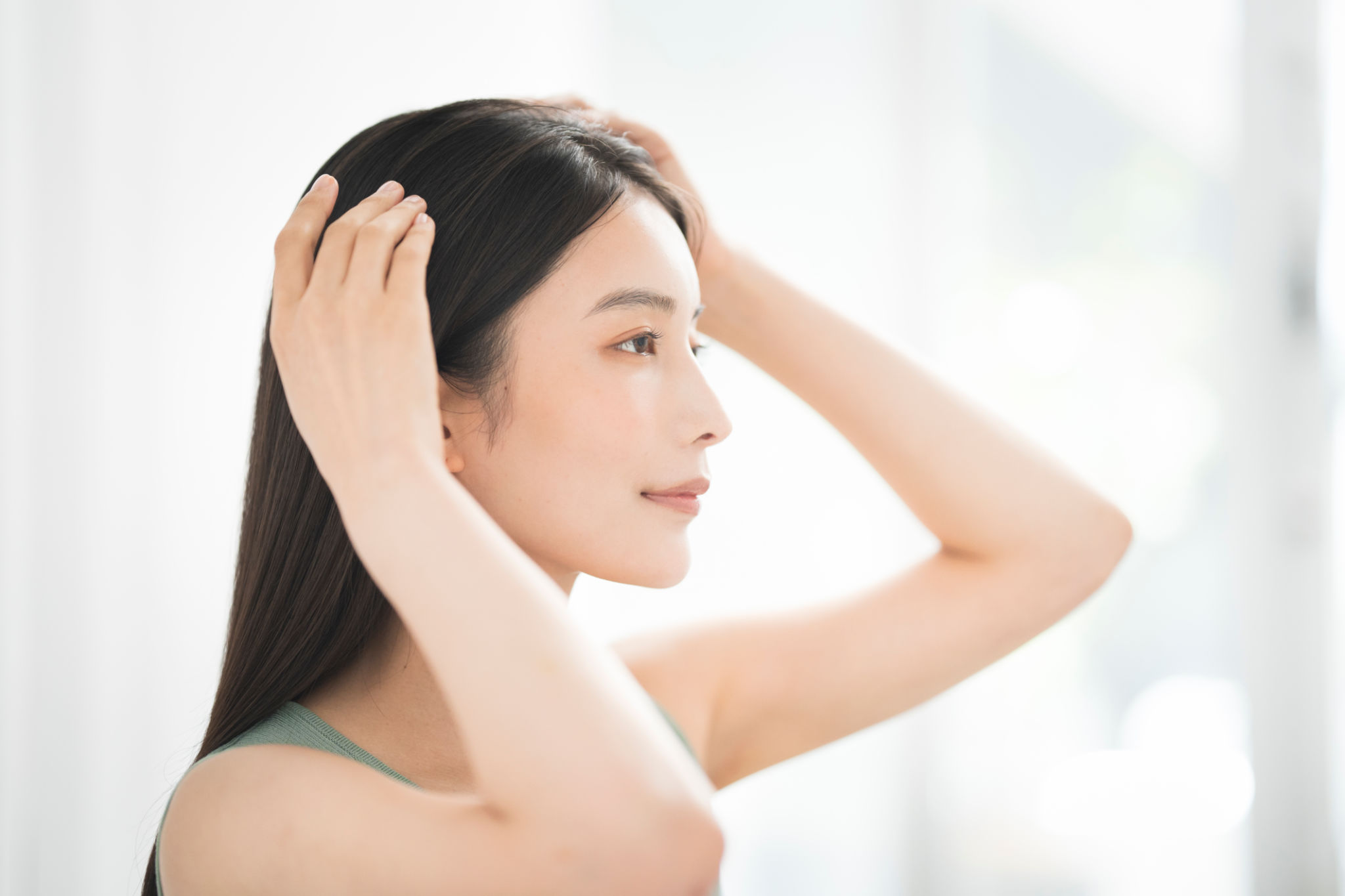DIY Hair Health Check: What Dermatologists Want You to Know
Understanding Your Hair's Health
Maintaining healthy hair is a priority for many, and understanding its current condition is crucial for effective care. Dermatologists emphasize that a simple DIY hair health check can provide valuable insights. By examining your hair's appearance, texture, and overall behavior, you can identify potential issues and take proactive steps to address them.
Hair health can be influenced by various factors including diet, stress, and environmental conditions. Therefore, it's essential to conduct regular assessments to ensure your hair remains strong and vibrant. Let's explore some key aspects that dermatologists recommend focusing on during your DIY hair health check.

Assessing Hair Texture and Strength
One of the first steps in evaluating your hair's health is to assess its texture and strength. Healthy hair typically feels smooth and has a consistent texture from root to tip. Run your fingers through your hair to check for any unusual roughness or brittleness. If your hair breaks easily or feels weak, it might be a sign of damage or insufficient nourishment.
Dermatologists suggest performing a simple strand test by gently pulling a few strands of hair taut. Healthy hair should stretch slightly before returning to its original state. If your hair snaps easily, it may indicate a lack of moisture or protein, both essential for maintaining elasticity and strength.
Evaluating Scalp Condition
The condition of your scalp plays a significant role in your overall hair health. A healthy scalp should be free of flakes, redness, or irritation. During your DIY check, part your hair in several places and examine your scalp for any signs of dandruff or inflammation. These could be indicators of underlying issues such as dermatitis or an imbalance in natural oils.

Dermatologists recommend using gentle shampoos and conditioners that are suitable for your scalp type. Avoid harsh ingredients that can strip the scalp of its natural oils, leading to dryness or excessive oiliness.
Monitoring Hair Shedding
Hair shedding is a natural process, but excessive loss can be a cause for concern. It's normal to lose about 50 to 100 strands of hair per day. However, if you notice a significant increase in shedding, it might be worth investigating further. Factors such as stress, hormonal changes, and nutritional deficiencies can contribute to increased hair loss.
Keep track of how much hair you lose daily by examining your brush or shower drain. If you observe clumps of hair or feel like you're losing more than usual, consider consulting with a dermatologist for a comprehensive evaluation.

Nourishing Your Hair from Within
Healthy hair starts from within, and dermatologists stress the importance of a balanced diet rich in vitamins and minerals. Essential nutrients like biotin, zinc, and omega-3 fatty acids contribute to strong and shiny hair. Include foods such as nuts, fish, eggs, and leafy greens in your diet to support optimal hair health.
In some cases, supplements may be recommended to address specific deficiencies. However, it's always best to consult with a healthcare professional before starting any new supplement regimen.
Conclusion: Taking Action for Healthier Hair
Regularly performing a DIY hair health check can empower you to take control of your hair's well-being. By paying attention to texture, strength, scalp condition, and shedding patterns, you can identify potential issues early and take appropriate action.
Remember that maintaining healthy hair is an ongoing process that involves proper care, a nutritious diet, and sometimes professional guidance. By staying informed and proactive, you can enjoy healthier, more resilient hair every day.